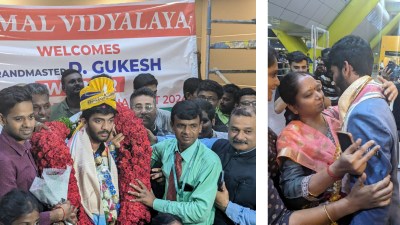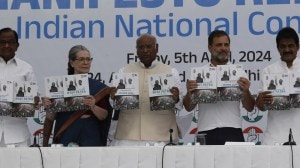- India
- International
‘Chhayaankan’, a new documentary throws light on the forgotten cinematographers who made Hindi cinema great
Former cinematographer Hemant Chaturvedi, who's worked with the likes of Ram Gopal Varma, Vishal Bhardwaj, Aparna Sen, quit Bollywood in 2015, and returns now with a documentary on 14 veteran cinematographers who showed the world the marvels of playing with shadows and more
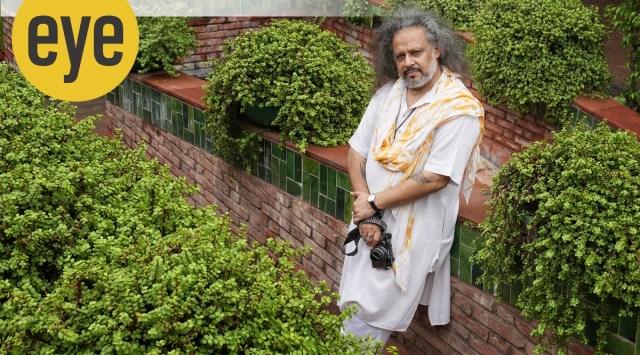 Documentary filmmaker Hemant Chaturvedi, a former cinematographer who quit the Bollywood film industry in 2015. (Credit: Abhinav Saha)
Documentary filmmaker Hemant Chaturvedi, a former cinematographer who quit the Bollywood film industry in 2015. (Credit: Abhinav Saha)When Guru Dutt died in 1964 in Bombay, his cinematographer VK Murthy was shooting in Madras. Govind Nihalani, who was assisting Murthy, and who would go on to become a cinematographer and director himself, asked his mentor how he felt at the news of Dutt’s passing. Murthy said to him, “I cried, but more for myself than for him.” Murthy and Dutt were a dream team, like Spielberg and Kaminski, David Lean and Freddie Young. “Murthy ji was as calm and composed as Dutt saab was impatient, but the two were aligned in their vision,” recalls actor Waheeda Rehman in a new documentary. This faith in each other created magic in Dutt’s films, the oblong chiaroscuros, and the “mirror shot”, for instance, in his swansong, the German Expressionistic noir Kaagaz ke Phool (1959). Nihalani, whose horoscope declared he would work with art and mechanics, was only too glad Murthy took him in.
Buy Now | Our best subscription plan now has a special price
Nihalani is among the 14 yesteryear cinematographers in Hemant Chaturvedi’s documentary Chhayaankan: The Management of Shadows, who talk about their fade-in and fade-out of the Bombay film industry, while pulling our focus on the magical world of star tantrums and challenging science with imagination and limited resources in the analogue era. They made our heroes levitate, and even vanish. Kaifi Azmi’s son Baba, who interned with Chetan Anand and later learnt the ropes from cinematographer Ishan Arya, would see the DOPs like Jal and Fali Mistry, with their assistants, and felt if anyone had “real power” on the sets, it was them.
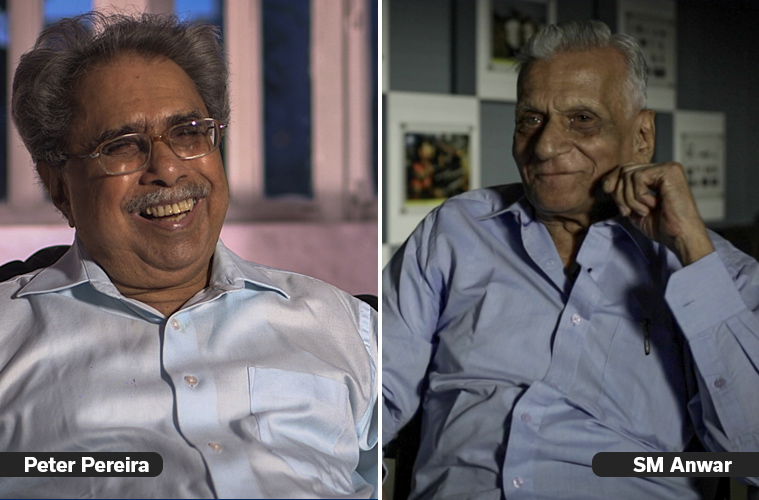 (Courtesy: Hemant Chaturvedi)
(Courtesy: Hemant Chaturvedi)
The characters in the documentary, famous as they became, were all accidental cinematographers. Kamalakar Rao was an engineer. Jehangir Choudhary “never wanted to be a cinematographer, he was getting his commercial pilot’s licence when the Gulf War happened and the aviation fuel rates went through the sky. The next best thing was cinematography for he’d grown up with it (he’s related to veteran cinematographers Jal and Fali Mistry and actor Shyama),” says Chaturvedi, 54. Choudhury’s training in B.Sc (Chemistry) and interior designing came in handy in film developing and set lighting and designing. Nadeem Khan, the “disco cinematographer” (Disco Dancer, 1982), got his gig in Muzaffar Ali’s Gaman (1978) because Jacques Renoir could not make it.
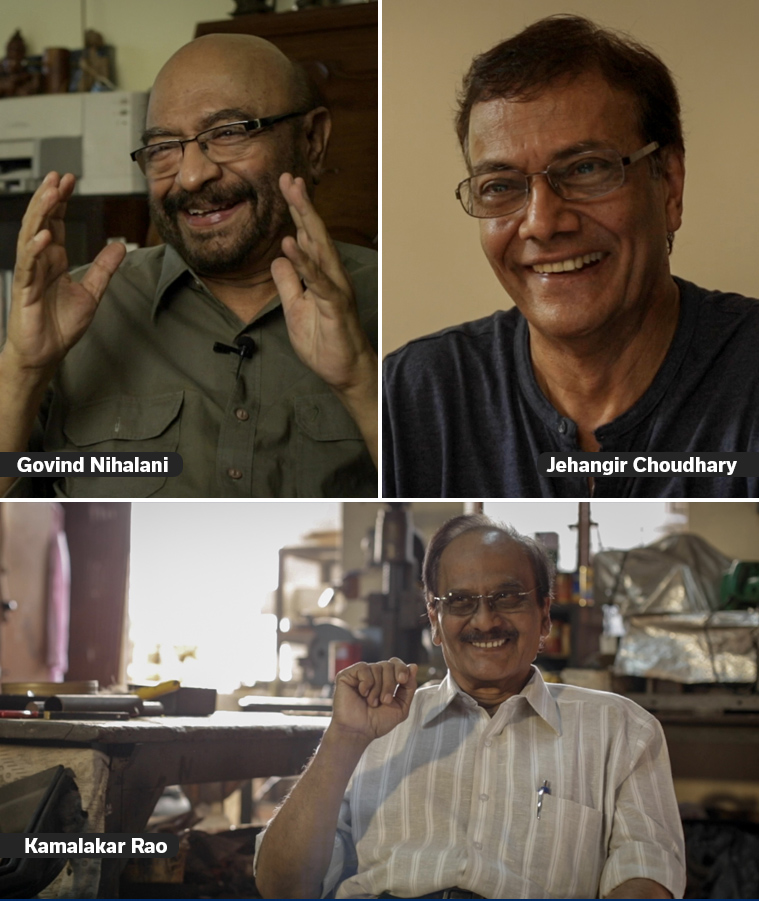 (Courtesy: Hemant Chaturvedi)
(Courtesy: Hemant Chaturvedi)
SM Anwar, the operative cameraman, whose name appears in bold red as the title credits of Sholay (1975) roll, has had the most fascinating entry into Hindi cinema. A matriculate and radio-mechanic diploma holder, he used to install loudspeakers at weddings and repair electrical sockets. Anwar (he shot Shaan, Shakti, Saagar in the early ’80s) picked up his shooting skills by capturing birds in flight, and followed Zeenat Aman, on lens (for the Shammi Kapoor-directed Manoranjan, 1974) in tight close-ups. A look at the rushes later left the film’s cinematographer Dwarka Divecha impressed. Anwar was hired with a fat package of Rs 25 monthly at Eagle Films.

Anwar took 25-30 retakes of the famous mango-plucking scene in Sholay, because “Dharam ji ko pyaar ho gaya thha (Dharmendra fell in love with Hema Malini),” he chuckles.
 (Courtesy: Hemant Chaturvedi)
(Courtesy: Hemant Chaturvedi)
The film’s sutradhar is the special-effects man who made Mr India vanish in 1987 and Ajooba fight the villain on a flying carpet in 1991. In the documentary, his are the only frames in black and white, because “I thought unko unke zamane ki izzat de dein (let’s show the man the respect of his era),” quips Chaturvedi. And he is, perhaps, the oldest cinematographer in India today, at age 93 or 94. The now-visually-impaired Peter Pereira holds the magazine of an old camera and instantly recognises it to be an old Mitchell camera. The moment’s irony evokes a sense of pathos and deep reverence at once. A hilarious Pereira also makes no bones about calling Wadia Movietone’s Homi Wadia a “kanjoos (miserly) man” for increasing his salary to Rs 50 a month.
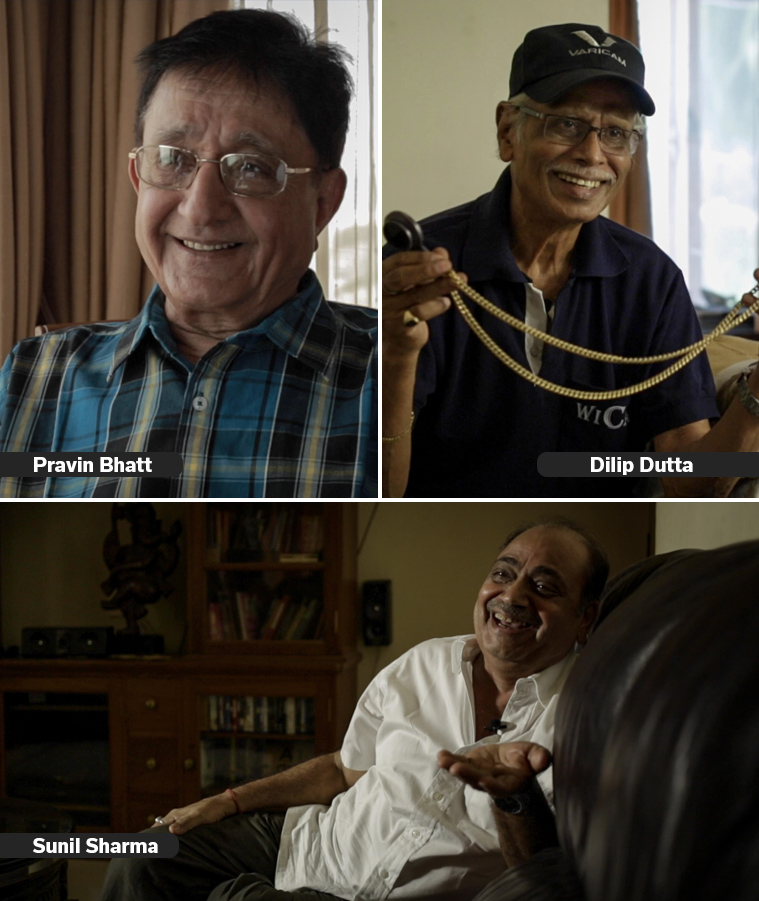 (Courtesy: Hemant Chaturvedi)
(Courtesy: Hemant Chaturvedi)
We are also told about the “ghantewala” stars, who came to the sets for two hours and got shots taken, in multiple angles and expressions, to be used in the editing stage, because they wouldn’t be available later for a re-shoot. One such was called the “Chakraborty Shot”, after Mithun Chakraborty. Discipline came with the likes of Shabana Azmi and Smita Patil who “came to become stars, let’s get that straight,” says Chaudhury in the film, “but were okay with being actors; they changed the industry.”
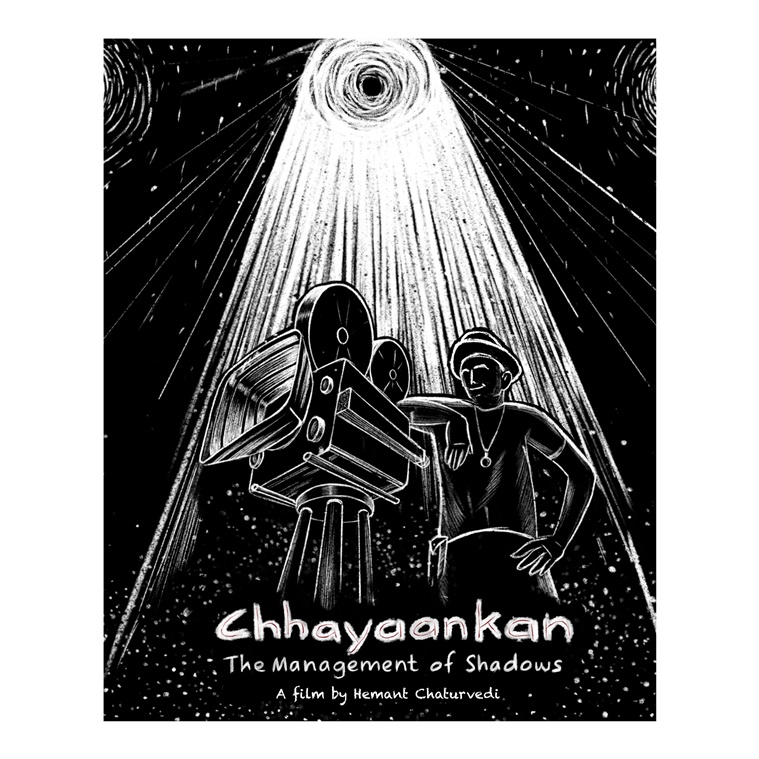 Poster of the documentary ‘Chhayaankan: The Management of Shadows’
Poster of the documentary ‘Chhayaankan: The Management of Shadows’
But “the minute you are out of the industry, it’s over, you are forgotten,” says Ishwar Bidri, who changed his name from Erappa, so that a certain Murthy, also from Karnataka, doesn’t find out. Bidri (Andaz Apna Apna, Border) passed away in 2020. The documentary is, at once, personal, participatory, observational and deeply philosophical. If the filmmaker was searching for the answers he never got when he was beating the blues during his cinematography days, the meditative film tells the viewer about the rise and fall, troughs and plateaus and ephemerality of success.
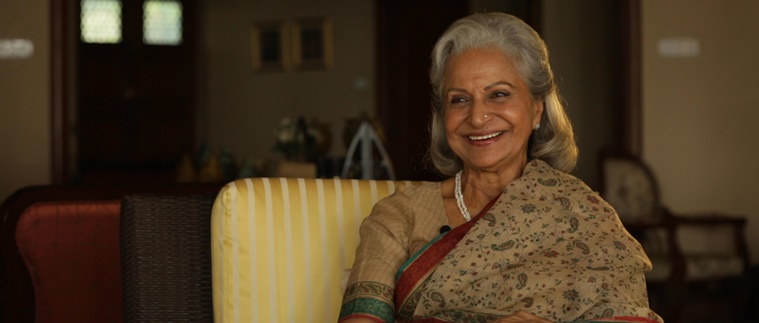 Actor Waheeda Rehman in a still from the documentary Chhayaankan. (Credit: Hemant Chaturvedi)
Actor Waheeda Rehman in a still from the documentary Chhayaankan. (Credit: Hemant Chaturvedi)
Mumbai-based Chaturvedi, a literature student rejected by Film and Television Institute of India (FTII) and graduated from Jamia Millia Islamia where he got a stipend of Rs 300 for studying. He did television in the beginning: India Business Report, Amul India Show, Turning Point, India’s first chat show Nikki Tonight, Rendezvous with Simi Garewal with its all-white-set, Kaun Banega Crorepati season 1, Gubbare (on Zee TV for Vishal Bhardwaj). Three years before Jamia, a close encounter with cinema happened. He was in Bombay, at St Xavier’s College, when a friend introduced him to the latter’s uncle, Ismail Merchant. Chaturvedi ended up taking notes on the sets of Merchant-Ivory productions (The Perfect Murder and The Deceivers in 1988). He got to roam the streets of Bombay, to photograph people engaged with single-wired devices plucking out cotton before the winter, asbestos players, beenkars and saperas, women washing clothes, and bring them for audition. That became the Richard Robbins-directed documentary Street Musicians of Bombay (1994). During its shoot, Chaturvedi saw, for the first time, a cinematographer — Choudhury. “I was completely fascinated by this man, with his meter, white cloth and dolly, bent over, looking into the camera, with his one eye shut, and all the magic was happening inside. Something sparked off, and I felt I should pursue this,” says Chaturvedi, who, as a clapper boy/focus puller, learnt technique and ethics (not creating a chaos on the set and standing up for his crew), during the making of In Custody (1993), from Larry Pizer, the “gentleman” to whom he dedicates his documentary, Chhayaankan.
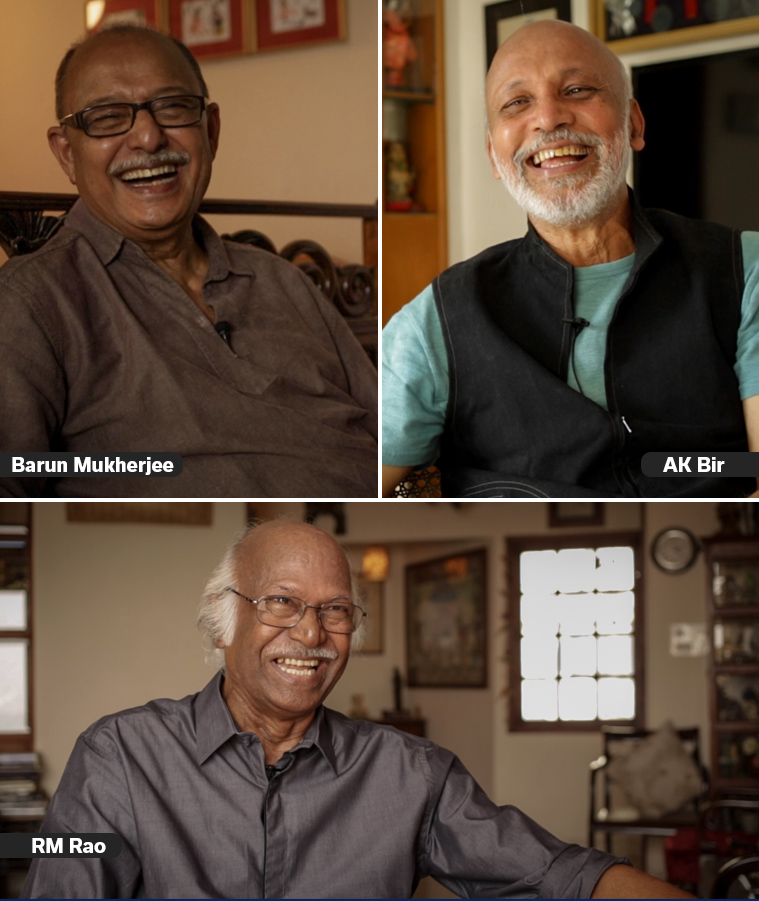 (Courtesy: Hemant Chaturvedi)
(Courtesy: Hemant Chaturvedi)
Chaturvedi’s Bollywood entry was dramatic: an excited Chaturvedi’s VHS tapes, with all his life’s work till then, didn’t work on the player at Ram Gopal Varma’s studio. The next day, RGV called him home, and in his spacious, white-marbled drawing room, while exercising on the treadmill, RGV, who’s known to give breaks to newcomers, offered Company (2002) to Chaturvedi. In the mother-son jail scene towards the end, the iconic play of light with a single bulb source, as the key light for Seema Biswas, the back-cut light for Vivek Oberoi, and the whole drama that happens, when Oberoi stands up, that light becomes the Christ-like halo, signalling his martyrdom. “Watch the film with the soundtrack off, if the subtext speaks to you in any way, then I have done a good job,” says Chaturvedi, who then worked on Makdee, Maqbool, 15 Park Avenue, Kurbaan, etc. in the 2000s, before quitting cinematography in 2015.
He “tried very hard to break into the industry but people were obnoxious. I was told to be a waitstaff instead. Those who rejected me, in 1989-91, are in my film (the other three were Murthy, KK Mahajan and Ashok Mehta). The industry produced its own cameramen, and FTII seniors hired their juniors. Till date, those cliques exist,” he says. The first thing he did after quitting was to interview these veterans. The documentary took “15 days of shoot, six years of inertia, and six months to finish, last year. When Nadeem saab went into coma and Ishwar Bidri passed away, I realised if my own cast doesn’t get to see the film, then it’s a shame,” adds Chaturvedi, whose very-Bombay film was rejected by the Mumbai International Film Festival this year, and will screen at Delhi’s India International Centre on August 18 (6.30 pm, CD Deshmukh Auditorium). Chaturvedi is on a parallel mission: photo-documenting old single-screen theatres across India, having captured 950 so far. On one such journey, at Agra’s Mahalaxmi Cinema, he was pleasantly surprised to find four shows of Company still playing, with posters drawing in crowds. But those stories let’s keep for another day.
Apr 25: Latest News
- 01
- 02
- 03
- 04
- 05











